With an engineering degree from Swarthmore College and a competition background as a decathlete, Sam Paschel was an ideal candidate to take the reins at Zero Motorcycles in Scotts Valley, California in February 2017. The 43-year-old learned how to develop product lines and lead teams during tenures at Bell Sports, Burton Snowboards and Skullcandy. But with motorcycling running through his veins, it was inevitable that he would be involved with motorized two wheelers eventually. We shared a ride and lunch with the Pittsburgh, Pennsylvania native recently, touching on several facets of his career and future plans for Zero Motorcycles.
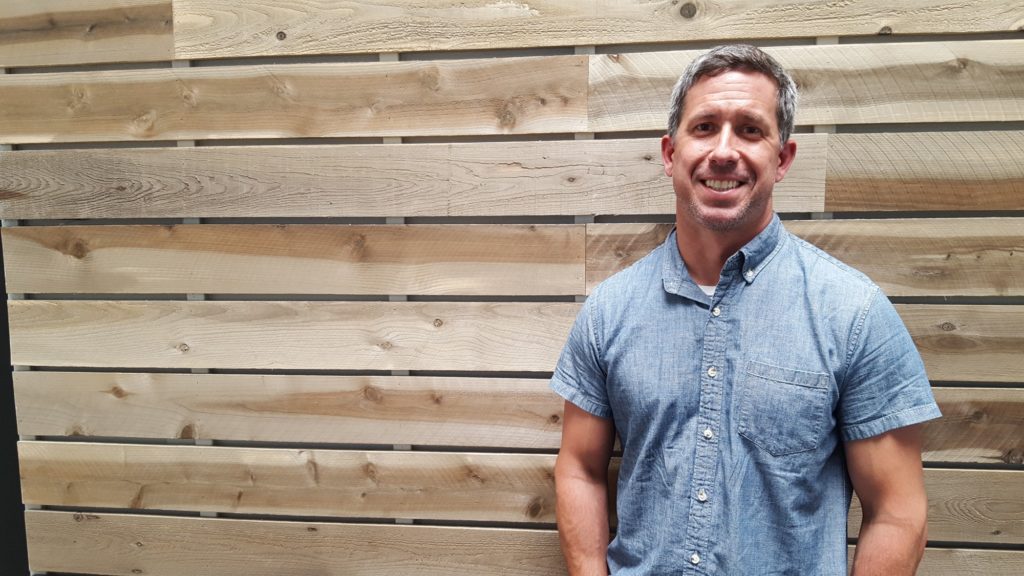
I’ve been riding motorcycles since I was 8 years old. I had a Suzuki RM80 for a couple of years that was a surprise gift at Easter. I laid it down in some gravel at my uncle’s farm and it somehow disappeared out of the garage. Maybe it was revenge for my parents taking away that bike?
I’ve been fortunate enough to work in different fields during my career, from bicycle and snowboard to the audio side, talking to a very similar consumer. I’m passionate about motorcycles, and a lot of it with Zero was opportunity based. Running businesses successfully is choosing the right space at the right time, so beyond being a rider I looked at the tipping point for two- and four-wheeled electric vehicles, where the technology has evolved to, and there’s this feeling of inevitability with electrification.
I quickly understood four things were needed to successfully lead Zero: one, I had to believe in electric vehicles growing as a percentage of transportation; two, that motorcycles will become a part of that transition, not as quickly as cars, but as part of the infrastructure as technology improves; three, that as battery technology improves eight to 10 percent each year, we get this tailwind of range, power and performance just from improvements in lithium ion technology, not from any major breakthroughs.
At the same time, because the standard internal combustion engine motorcycle is a pretty dirty vehicle that pollutes, emission controls are being rolled out around the world that increases costs and decreases power. I understood all these things intellectually, but after a couple months talking to recruiters and Zero’s investors, I took a 50-mile ride on my Triumph Bonneville and took my first ride on a Zero. I went from being curious to desperately wanting to be a part of what was being built at Zero. Twenty minutes on that Zero was all it took for me to want the job.
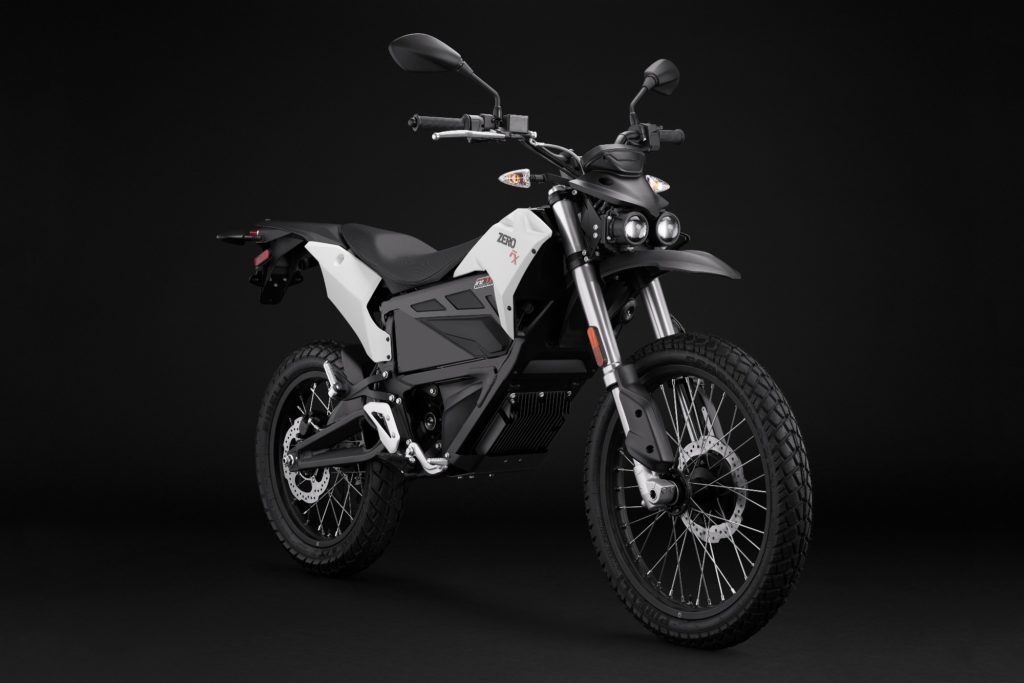
The ultimate success would come if they would make a change in the federal tax credit to be a forward versus retroactive one. What they put into place was a tax break for a past purchase, not an incentive for someone to make a new purchase. With everything going on in Washington, with the tariffs and corporate tax breaks, it was a good opportunity for Zero to take a leadership position on behalf of several two- and three-wheeled electric manufacturers to testify on their behalf. But the proof is in the pudding; the government has kicked the can down the road a bit and nothing has changed yet. The good news is that we’re still on the docket as a special case, with discussion of something happening in October or November. We gave our written testimony and I had the chance to sit in front of the Subcommittee on Ways and Means and let a voice be heard for our industry, which was really cool. It was a fantastic experience for me personally, and it continues to represent Zero’s position at the highest level.
We’ve been engaged with legislative bodies for a very long time, lobbying on behalf of electrification. The capital is like the world’s biggest home court advantage; they sit on an elevated dais; you get three to four minutes to give your testimony, with 15 minutes per cross examination. There’s C-Span, a countdown timer staring you in the face, Congressmen and women wearing makeup; it’s crazy! I walked in understanding that all those people work for me. One can’t be extemporaneous in three minutes, so you drill down the facts and hope for the best. But I could think on my feet during the cross examination because I knew more about my business than anyone else in that room. I was there to share and educate. You’re expecting it to be adversarial, but it’s not. It was a chance to make a case for two- and three-wheeled electrification.
Zero has a history of competition, including Pikes Peak and Bonneville Speed Week. In your opinion, does racing help the breed and sell more bikes? Flat track seems to be a viable option for Zero…
Organized racing programs require a large investment. The beating heart of the subculture at Zero is competition, actually. The passion points include track days for many of our engineers and employees, and MotoGP is playing on multiple screens several weeks out of the year. Helmets are on 80 percent of our desks in the office.
But an organized racing endeavor would be a massive investment. That same investment is better spent educating our dealers and consumers to grow the business. At the same time, competition is a very natural passion point for the employees, so we do everything we can to provide bikes, leathers and time off to pursue that.
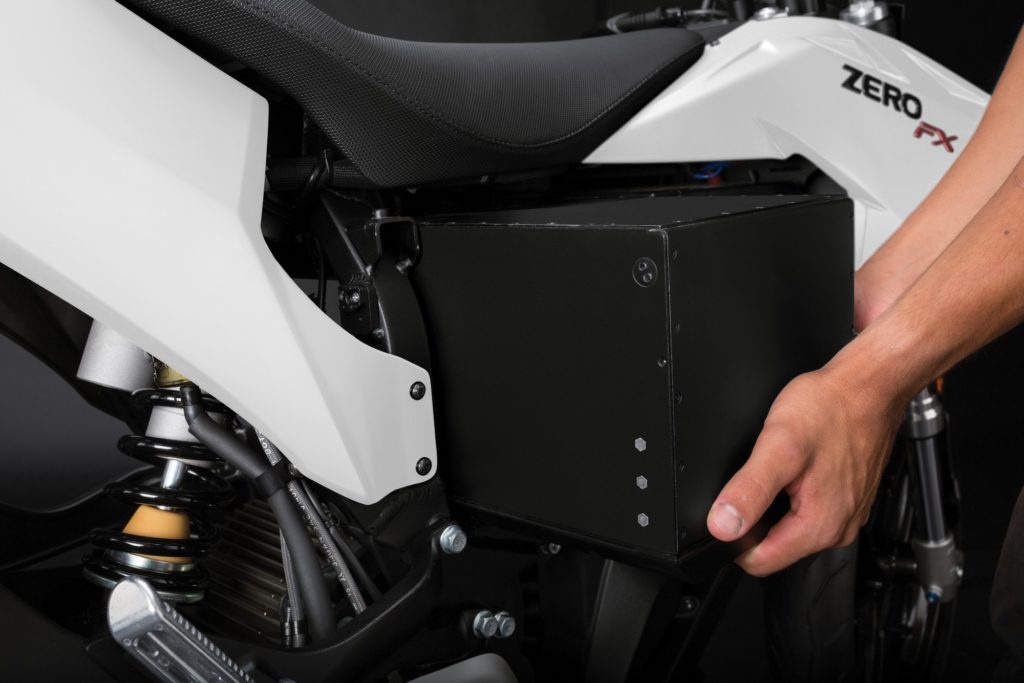
It has the chance to. The Formula 1 electric category has been around for awhile, but that’s not what expanded broad acceptance. Anytime electric motorcycles are out there as part of the conscious experience for people, every single one of those touch points helps gain awareness that the electric category exists. You want an exciting race that goes a reasonable number of laps at speed, and that’s not an easy thing to accomplish with an electric production motorcycle. Those steps and moves continue to put electric motorcycles in the collective consciousness, and on balance that’s a good thing.
Which Zero model do you ride and enjoy the most?
I own a Zero FX, our enduro model. With two young kids I don’t go on long rides; it’s a 7.2 kilowatt-capacity bike with an in-town range of 85 miles, on the highway about 50. Most often I’ll get up early on a Saturday and rip down Highway 1 to Davenport ad get a coffee, ride across town to work. It has a relatively tall riding position with a narrow profile, ideal for lane splitting. Ton of visibility. In a town like Santa Cruz where I’m using it every day, I can cut across the railroad tracks to connect to a dirt road. My ultimate west side/east side Santa Cruz vehicle. If need be I’ll hop on Highway 17 to get to the office quicker.
Fleet sales have always seemed like a smart business move for motorcycle makers. What percentage of Zero’s sales comes from military and police?
Less than 10 percent for us today. We have 100 authorized dealers in North America and 100 in Europe, but very few fleets will transfer completely to electric. It’s more likely they’ll have one or two bikes for local patrolling, but not for pursuit. Electric’s range and high speed capabilities aren’t there yet. The cross section where we’re casting our net into comes in orders of fives and tens, not hundreds or thousands. The process to get funding, as the administration shifted in the US, is now totally economic: cost of ownership, maintenance, etc. Total cost of ownership of an electric motorcycles is much less than internal combustion: no oil, no air filters, mufflers, etc. So when you pencil out purchasing price versus long term ownership, the controller for a city or town can justify the purchase. Plus there are eco reasons depending on the political leanings. Grant proposals need to be worked through.
Military purchases, on the other hand, take years of cultivating relationships but tend to lead to much larger orders. I can’t talk much about it yet, but we’ve been engaged in these conversations for a very long time in the US and abroad for the military application of our bikes. Incredibly quiet, very low thermal signature. In the case of an emergency crisis situation, the first thing that gets turned back on is the power grid. Even if you can’t get fuel from place to place the power lines are up, giving electric bikes the advantage.
Your competitive landscape is about to get more crowded. We heard the news about Harley jumping into the electric motorcycle space sometime in 2019, and it’s only a matter of time before Polaris unveils something. How is Zero scaling up to meet the demand, and which rider segments have the most potential?
When Harley first announced its LiveWire in 2014, traffic to our website spiked to record levels, just like it does every time a company announces e-bike intentions. Other brands coming into the party is something that we welcome. A rising tide lifts all ships, and we’ve had 12 years and millions of miles to perfect how our powertrain functions; these are non-trivial problems to solve. As you see other entries this will be the starting pistol to a different kind of competition. The number number of manufacturers will go up and the number of bikes produced will increase. But all of the work it takes to create a dealer base that’s knowledgeable at selling and good at explaining this technology, plus servicing the bikes is huge. The big manufacturers will have a dealer base to start with, but any incumbent internal combustion engine company is going to be competing with itself if it just poured electric bikes into its existing distribution points they’re going to end up with a lot of unhappy customers. They’re not going to understand how to articulate the benefits of electric right away.
The learning curve on preparing dealers is high. Zero is a market leader, testifying in front of Congress. The more human beings riding electric motorcycles place to place, the better the world will be. Zero will earn its fair share of business regardless. Technology places well in certain categories; we have a broad model offering and a solid, collaborative dealer base.
We have 150 worldwide employees and a new distribution model. We scaled back our underperforming dealers, and now stand at 100 North American and 100 European dealers, sold in 30 countries worldwide through distributors.
Where do you hope to steer Zero over the next five years?
There are some near-term things 18 months into my tenure, one of which is continuing to cultivate strong relationships with our dealers, and look at other ways this consumer journey is happening to go from an awareness that electric motorcycles even exist to purchase. The next two to three years will be spent increasing our leadership position and investing in battery technology and powertrains are critical. The biggest shifts will include how we articulate our story with consumers and invite new riders using electric as a lever.
Back to your first question about why I considered running Zero: I looked at a product that was so fundamentally different than 95 percent of the market, and this idea that ‘may the best motorcycle or car win’ is not how this works. We’re not competing to win, we’re competing to differentiate, through marketing, product, what have you. What I saw was a refined function on an advanced technology down to the very base DNA, and none of what we did with our marketing or storytelling lived up to the function of what we had created as a product.
Look at Nike; billions of athlete endorsements and marketing to basically tell you its cotton t-shirt is fundamentally different than its competitors.
This business had already figured out solutions to challenging technological questions, but we hadn’t figured out how to tell the story.
Our job is to articulate the story of Zero, which unlike a cotton t-shirt, is completely different at the very base of what it is. We need to let the brand breathe.
In five years our attraction to potential customers will shift from tinkerers to late adopters to our technology. Different products and stories will resonate with them, but you can count on Zero to maintain its leadership position among all motorcyclists. We’ll continue to tell our story and get our technology into the hands of the consumer so they can have a great experience.
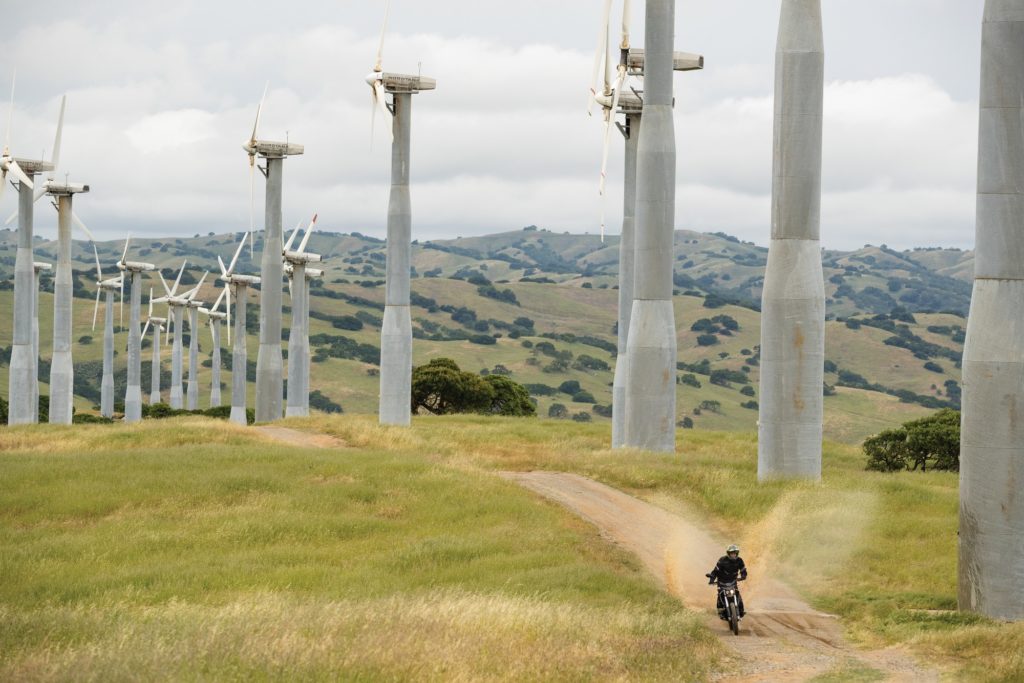
Related Posts
April 18, 2018
100 Years Ago: Harley-Davidson Military Testing in 1918
In 1918, Harley-Davidson motorcycles…
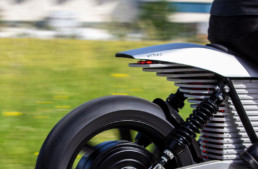
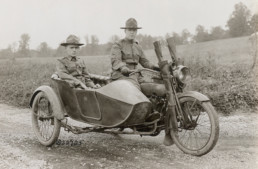
I remember reading a motorcycle book from the 1930’s, describing the ‘dark art of maintaining auto electrics’, and I think that is something has been ingrained in car, motorcycle and truck afficionados right from the beginning. One of the issues facing potential purchasers of e’bikes would be that it won’t be electrical components on their bike, their bike will be one big electrical component. Then again, I’m sure the traditional combustion motorcycle would have been daunting when first introduced, and people have adapted. With the new emissions law effectively outlawing the sales of combustion engined vehicles in the not so distant future, I guess we really don’t have a choice.
I think the best bet would be to have an e-bike with a built in scent diffuser that produces a fragrance of Castrol R.
In the article Sam Paschel states, “four things were needed to successfully lead Zero.” There were three ‘needs’ mentioned in the paragraph but the forth ‘need’ was either omitted or worded in such a manner that I didn’t recognize the ‘need’ in the text. Since the forth ‘need’ is possibly missing I will submit my own- that Mr. Paschel, either on his own or with the help of a veteran cyclist(s), take a Trans US trip on one of the Zero motorcycles. This road trip will go a long way, pun intended, to illustrate the capabilities of his electric motorcycles (long-term use, practicality of recharging batteries anywhere a standard outlet is available, the quiet freedom associated with EV’s, etc.) and further promote his USA made brand to a wider audience through promotional meetings/demos along the way. Anyone can read the specs on Zero bikes and see that the upside for electric motorcycles is obvious. But everyday commuters and race track owners are only a part of the big bike picture; Zero will have to win over the diehard enthusiast that live on their bikes for a week at a time and prove their mettle among Iron Butt riders…that’s what Sam ‘needs’ to lead Zero through the next chapter of the company.
It is quite clear that the CEO does not realize what a mess he is taking on. The Zero range of motorcycles are so poorly designed and assembled that there are many really unhappy owners out there, like me! My ZeroDS has been at the dealer for close on nine months now, failed DC to DC converter (2nd time), failed BMS firmware update by Zero themselves (had to ship a new BMS which took six weeks), failed battery because it degenerated waiting for a new BMS (new battery took three months to ship) and now a failed main board which does not work with the new battery (still waiting for a new main board). If Sam did some real digging in his organization he may well change his tune, the interview clearly indicates he has been mislead as to the credibility of his Product and especially their after sales service (which is/rates ZERO ironically)!